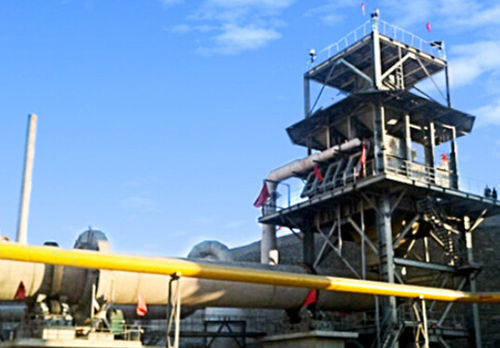Introduction: the cement rotary kiln, divided on two types namely dry process kiln and wet process kiln is main equipment for the production line of cement clinker calcination. The rotary kiln manufactured by Y.H. Heavy can satisfy the requirement of 300t/d~5000t/d cement production line. It has advantages of smooth running, high quality product and low energy consumption.
Speed :0.25-5r/min
Inclination of the kiln :3.5%~4.0%
Production capacity:300-5000t/d
Suitable materials: clinker, limestone, bauxite, bentonite clay and active lime etc.
Application: the cement rotary kiln is main equipment for dry & wet process production line of cement clinker, it’s applied in various cement plant.
1、 Steady running, easy to operate
The cement kiln made by Y.H. Heavy is featured by its stable structure and steady running. The calcination system of the kiln adopts the international advanced thrust device with stable performance, easy to operate and good product quality.
2、 Wide application satisfying 300t/h~5000t/d production lines
The technical transformation can be made based on customers requirement in order to satisfy the different demands.
3、 Energy-efficient, high investment returns
The kiln body, inclined with the level in certain degree, is supported by support rollers. It’s equipped also with the thrust device which can control the bulk movement of the kiln body. And for the driving system, in addition of main transmission, the inching device is also considered which is used for the kiln slow running when the main power is off, so high efficiency and energy saving is ensured.




